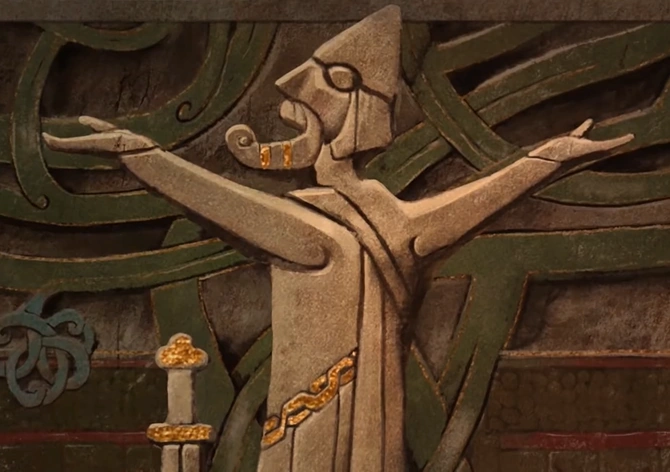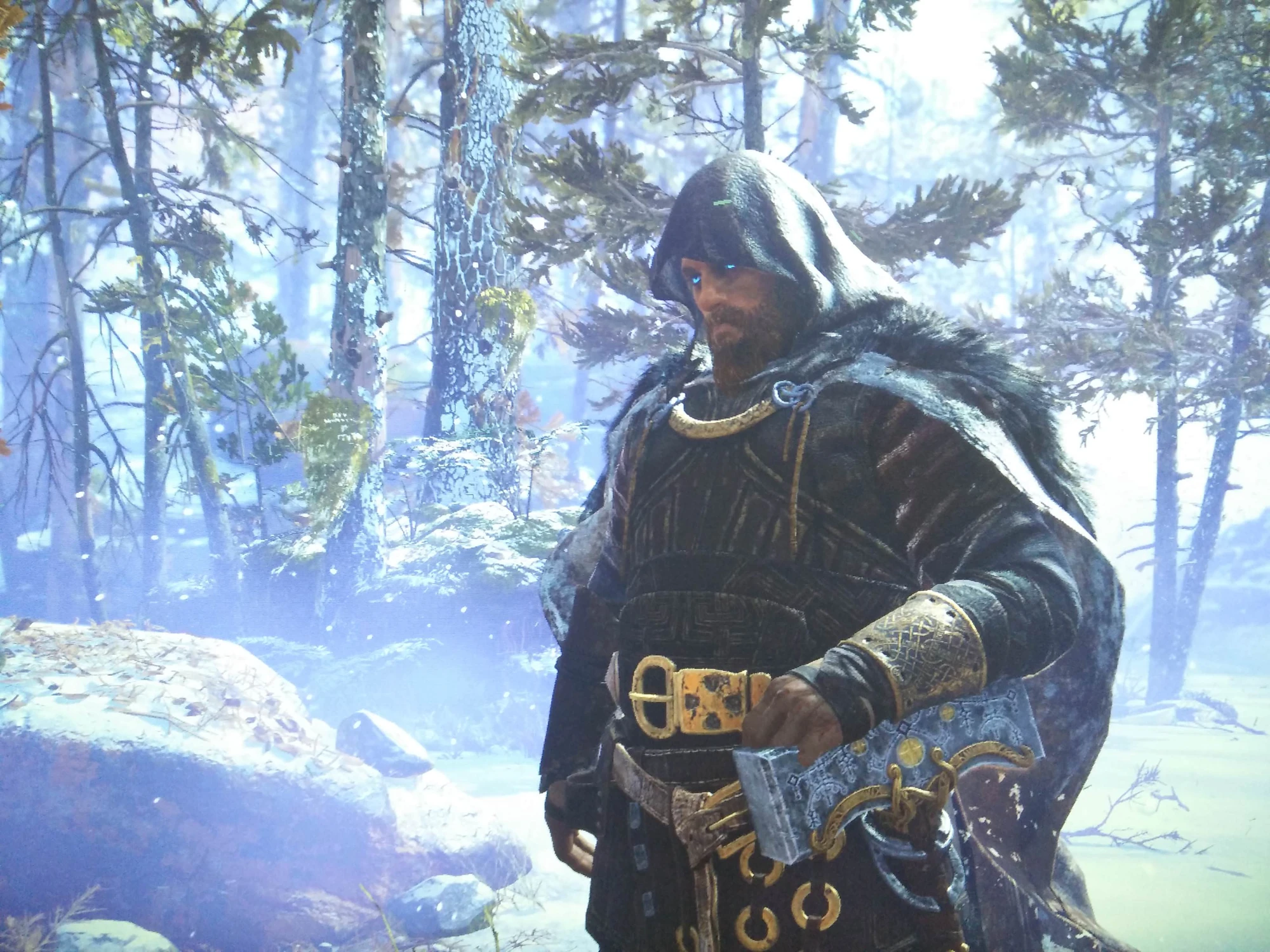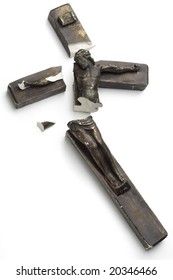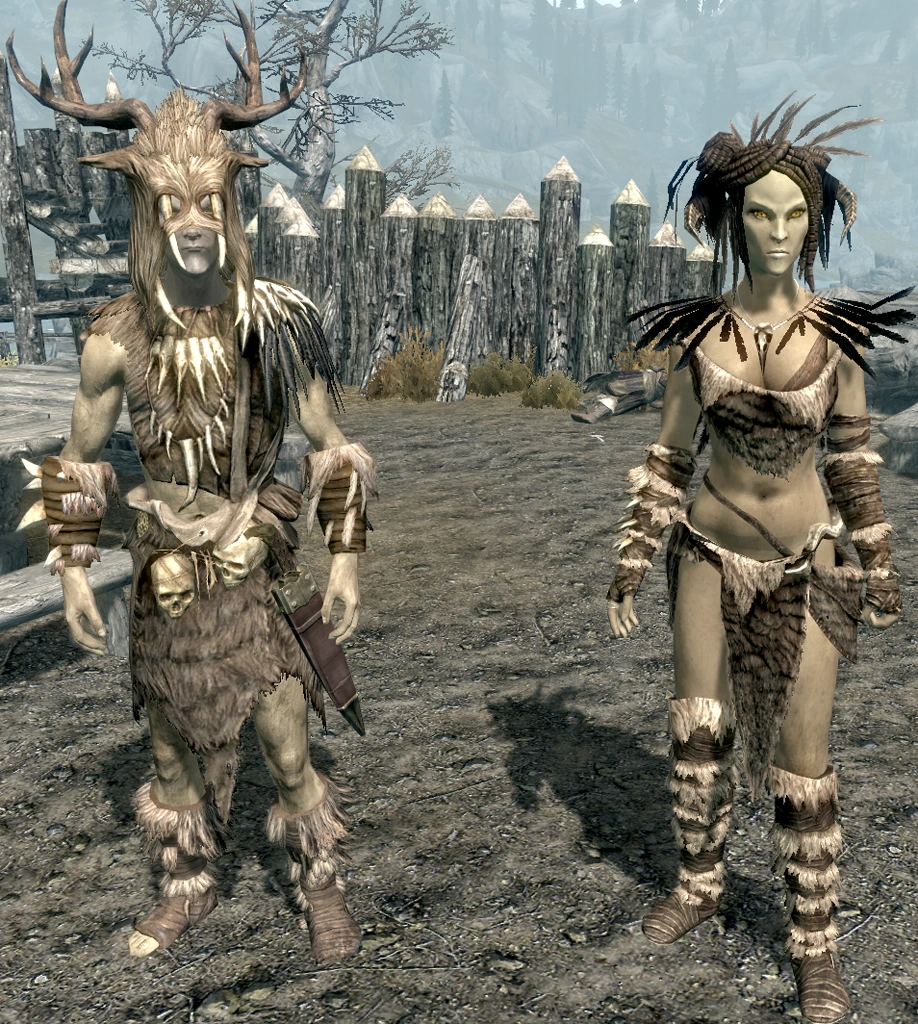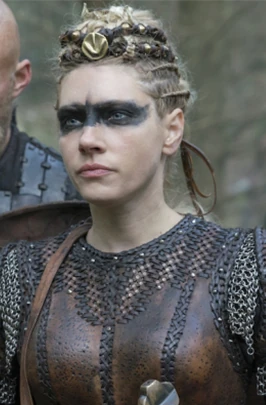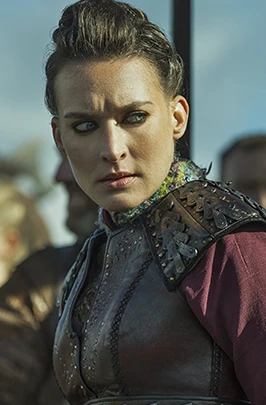Comparisons between Njal and Moses in Njal’s Saga
Njal in Njal’s Saga is a man of much mystique and knowledge, using his mind to solve his problems and never raising a weapon he is a true wonder in the Viking world of Iceland. Njal is able to see the future making him a prophet of sorts, he shares his gift with others offering his wisdom in matters and is very accurate. His advice is especially directed at Gunnar, his close friend. He lives a peaceful life yet meets a gruesome end when Flosi and his band of men burn him and a large majority of his family alive in their home. Throughout Njal’s life he reveals qualities and lives experiences similar to that of Moses and God in the Bible.
Njal’s advice that he gives through his power to see into the future is comparable to Moses’s delivery of the ten commandments to Israel through God. In the Bible the story goes that Moses and the Israelites journeyed into the desert and came to Mount Sinai and Moses went to the top of the Mountain and was given ten commandments by God to reiterate to the people of Israel so that they may lead an abundant and fruitful life that will eventually lead them to heaven in the afterlife. Njal’s advice to Gunnar is similar to this story. At Gunnar’s request Njal uses his ability to see into the future to give Gunnar advice to live a more peaceful and longer life. Njal first gives Gunnar advice at the beginning of their relationship telling him how to navigate about a case and hold himself at the Thingskalar assembly. His next bit of advice to Gunnar is to not marry Hallgerd, a spiteful woman who has already killed two of her previous husbands. Hallgerd proves to be an issue as Njal said she would be and Gunnar’s marriage proves to be a constant problem and leads to his demise. This event can be compared to the word of the Bible, that if the ten commandments given to Moses by God are not followed and an individual does not repent they will go to hell. The final bit of advice that Njal gives to Gunnar is “Never kill more than once within the same bloodline, and never break any settlement which good men make between you and others…” (Njal’s Saga, 94). This quote resembles the ten commandments that Moses reiterates to the Israelites, ‘Thou shall not kill, Thou shall not steal etc.’ Njal gives Gunnar this advice so because Gunnar and Njal have a great relationship as friends and wants to see him live a prosperous life. This is echoed in the bible by God, Moses and the Israelites’ relationship, wanting to lead each other in the direction they see is right and will benefit each other the most.
Njal’s relationship with Gunnar and Moses and God’s relationship with the Israelites are both beneficial to all parties. Njal gets to help a friend and Moses, God and the Israelites are able to unite and help one another through a common cause.



















